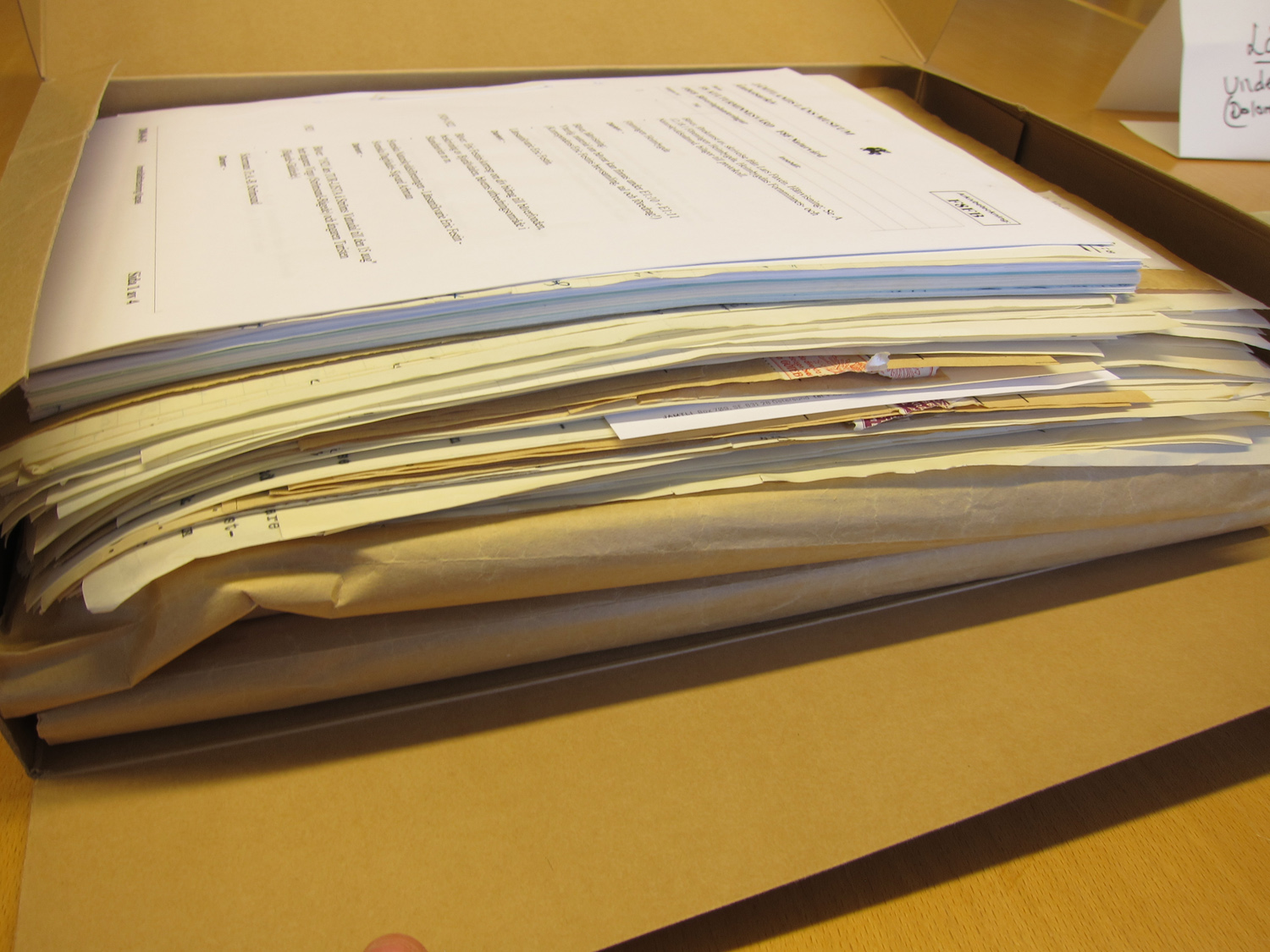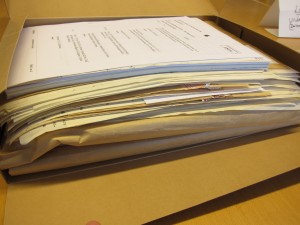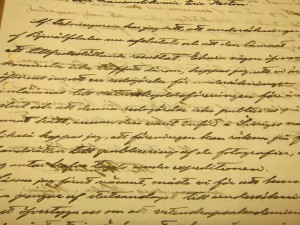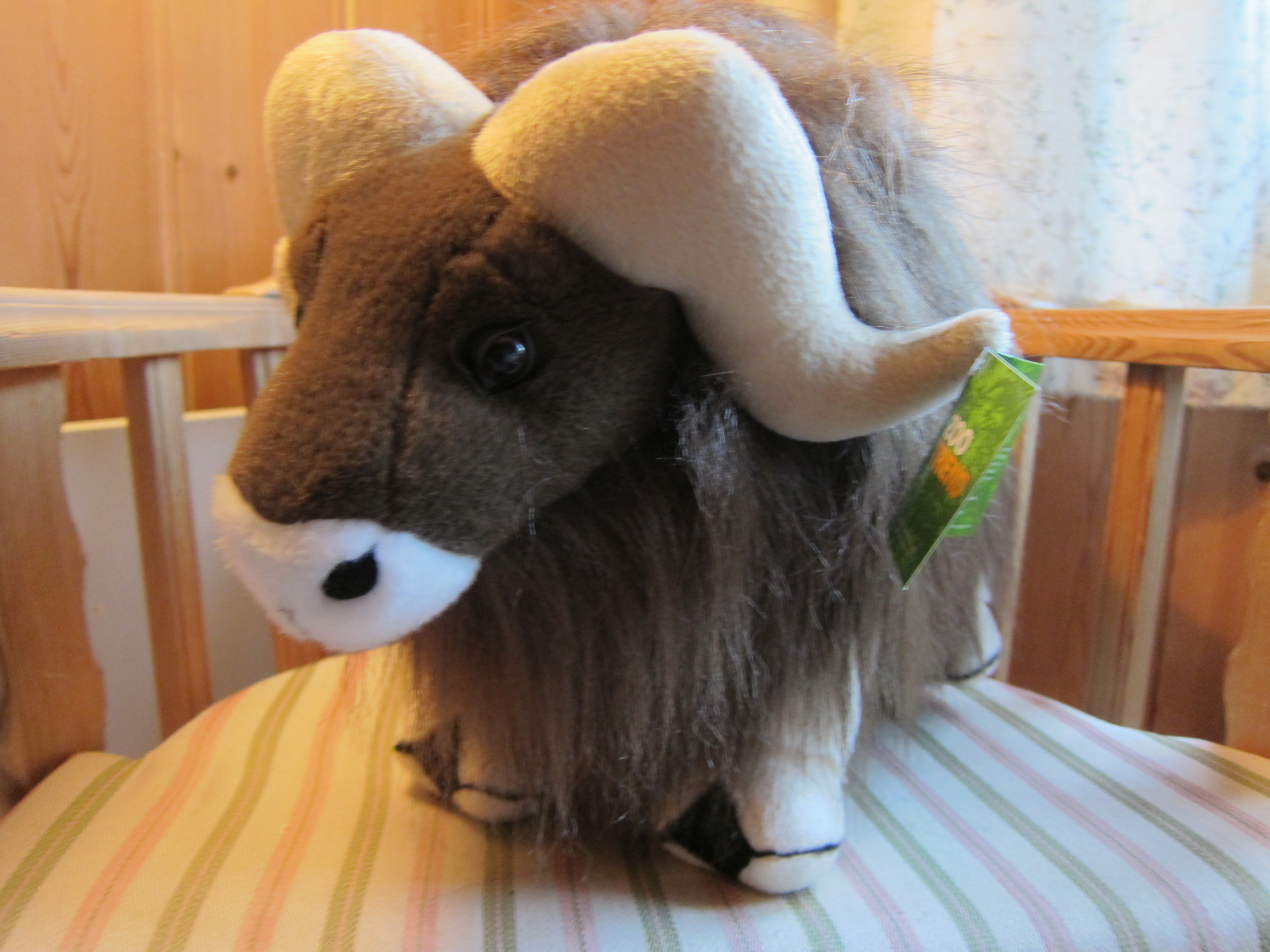
Decisions, decisions

I finished up my archival work in Östersund, so I wanted to reflect on that process. Being a historian is part detective, tracking down sources that illuminate the past, and part waste handler, sorting through junk to find something usable.
When I worked on medieval history, I had to use every little scrap of evidence I could find to understand the whole picture of what was going on. But when I moved over to modern history, I was flooded with sources. There were newspaper accounts, popular magazines, scientific journals, interviews with live people (shocking for a previous medieval historian), personal letters, court documents, legislative files, and so on. These have to be waded through and only some are going to be used in the story.
I work in an ecology department and my colleagues in our group do field work all the time. They go out to plots and clip leaves or take soil samples or count how many of each kind of plant grows there. Then they come into the office and put numbers into statistical computer software to determine what is ‘significant’. For them, all differences are not significant: one plot may have more plants than another, but that variation may be simply part of random variation rather than showing that there is something fundamentally different about the two plot. As an environmental historian, I don’t use statistics to determine significance, but I find some things significant and others not.

The significance, however, depends on the question I want to answer. For example. I found a whole folder that had the list of donors to the Beaver Fund started by Eric Festin to pay for the purchase and transport costs of the beavers. If I wanted to find out exactly how widespread support for the project was, I could have copied all 96 pages, tried to read the names of the donors, and then tracked them down through other records to find out who they were. But to be honest, I didn’t want to spend the time and effort to do that. I was more interested in seeing a sampling of the pages, which showed that many people gave very small donations: 1 kr (something equivalent to 25 kr or $4-5 today) was common and some people even gave 0.25 kr (basically $1). Others gave in the 10 kr range and Gustaf Werner from Göteborg (who was a regular correspondent of Festin’s) sponsored the project most with a donation of 1500 kr. I decided that while the overall types of gifts are significant, the individual donations were not, so I did not copy every page.
The same kind of decision was made in the case of the “beaver report” that the local Olof Olofsson and his son would send to Festin. Especially right after the reintroduction, they sent monthly letters detailing where the beavers had gone and what they were doing (building a new lodge, cutting down more trees, etc). These continued through the 1930s, although they became more like an annual report. Because I am not actually interested in where the beavers moved around to at the level of detail of these reports, I decided they would not make the cut either.

Some questions of significance hinge on whether or not I could actually read the document in question relatively quickly. Typed letters were no problem, but handwritten letters could be a real challenge. It’s not that they couldn’t be read eventually with some serious effort, it’s that when you have 3 days to look through files, you can’t spend a huge chunk of time on any one letter, unless you have other reasons to think it is important. So it’s possible that something in these nearly-impossible-to-read documents was really interesting, but I decided it was not significant to my overall project.
These are some of the decisions a historian makes. I ended up with 296 digitial images from the Jamtli archive files, which is still a ridiculous amount of material to work with. I made a list of each letter as I decided to photograph it and wrote notes or partial transcriptions so I would know what it was about. The hard work of making these individual pieces of paper into a good environmental history is yet to come.




